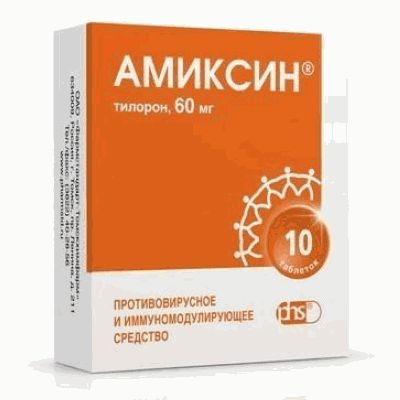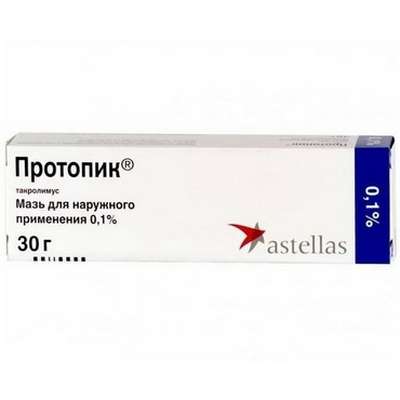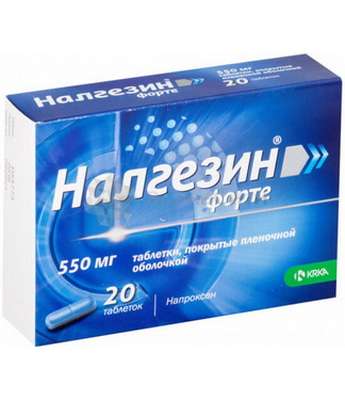Instruction for use: Rabipur
I want this, give me price
Dosage form: Lyophilizate for the preparation of a solution for intramuscular administration
Active substance:
Vaccine for prophylaxis of rabies (Vaccinum ad prophylaxim rabiei)
ATC
J07BG01 Inactivated whole rabies virus
Pharmacological group
Vaccines, serums, phages and toxoids
Nosological classification (ICD-10)
A82 Rabies:Rabies; Suspicion for rabies; Hydrophobia (hydrophobia)
Z24.2 The need for immunization against rabies: Immunization in rabies
Composition
Lyophilizate for solution for intramuscular injection 1 dose (1 ml)
active substance: Inactivated rabies virus strain Flury LEP, grown in a culture of chick embryo cells of at least 2.5 IU
Auxiliary substances: tris-hydroxymethylaminomethane - 3,5 mg; Sodium chloride - 4.5 mg; EDTA (Titriplex III) 0.25 mg; Potassium-L-glutamate 0.9 mg; Polizhelin - 10.5 mg; Sucrose 20-100 mg
Does not contain preservatives
Characteristic
Inactivated purified rabies vaccine. Powder of white color, after dissolution - colorless liquid. Rabipur is produced by growing a strain of the Flury LEP virus on a culture of chicken fibroblasts.
The vaccine does not contain preservatives.
Pharmachologic effect
Mode action - immunostimulating.
Dosing and Administration
IM, in the deltoid muscle or in the anterior lateral surface of the femur in young children (up to 18 months). You cannot inject the vaccine into the gluteus muscle.
The RabipurŪ vaccine can be used to vaccinate all age groups.
The reconstituted vaccine: a clear or slightly opalescent liquid, colorless or light yellow in color.
The lyophilizate must be dissolved in the water for injection supplied in the package, just before use. Before administration, the solution should be shaken gently. The dissolved vaccine is not subject to storage and should be used immediately after the preparation of the solution.
A single dose for immunization is 1 ml.
Pre-exposure immunization
Scheme: 1 ml of the immunizing dose at 1, 7 and 21 or 28 days.
Revaccination
Persons with a constant risk of infection are advised to monitor the level of specific antibodies in the blood every 6 months.
Persons with a frequently occurring risk of infection are advised to monitor the level of antibodies in the blood every 2 years.
In the case of a decrease in the level of antibodies in the blood below 0.5 IU / ml, one single booster dose is given by one immunizing dose.
It is necessary to take into account the fact that immunization with the RabipurŪ vaccine provides a strong immune response and a protective level of specific antibodies that circulate for a long time.
In cases where a serological response is not possible, the first revaccination is recommended one year after the immunization schedule. Subsequent revaccinations are performed once every 5 years with a single immunizing dose.
Post-exposure immunization
Begin the vaccination as soon as possible.
Table 1
Appropriate post-exposure immunization schedules, depending on the contact category
| Contact category | The nature of the contact (contact with an animal in which confirmed or suspected to be a disease of rabies, contact at the dissection of the animal) | Vaccination schedule |
| I | Touching or feeding animals in the absence of mucus membranes and mucous membranes. Patient skin without damage before and after contact | Vaccination is not required. In case of doubt, vaccination according to the following schedule is recommended: 1 ml of RabipurŪ immediately after the contact and on the 3rd, 7th, 14th, 30th and 90th days |
| II | Inflammation of intact skin; Abrasions, scratches, superficial necrotic bites of the trunk, upper and lower extremities (except bites of dangerous localization: head, face, neck, hand, fingers and toes) | In the case of a bite, an immediate treatment is given to a domestic animal or a known animal according to the following scheme: 1 ml of RabipurŪ immediately after the bite and on the 3rd, 7th, 14th, 30th and 90th days. In the case of a bite, unknown or suspicious rabies animals are given immediate combined treatment (active and passive immunization) according to the pattern: rabies Ig immediately and RabipurŪ 1 ml immediately and at 3, 7, 14, 30 and 90 days. If the observed pet remains healthy for 10 days, treatment is stopped *. In other cases, treatment should continue. If laboratory evidence of the absence of rabies in an animal, treatment is discontinued |
| III | Any mucus membranes, any bites of the head, face, neck, hand, fingers and toes, genitals; Single or multiple deep, bleeding laceration wounds inflicted by domestic or farm animals. Any smoldering and damage caused by wild carnivores, bats and rodents | Immediate combination treatment (active and passive immunization) according to the pattern: rabies Ig immediately and RabipurŪ 1 ml immediately and at 3, 7, 14, 30 and 90 days. If the observed pet remains healthy for 10 days, treatment is stopped *. In other cases, treatment should continue. If laboratory evidence of the absence of rabies in an animal, treatment is discontinued |
Persons who underwent complete immunization
In order to address the issue of the tactics of providing anti-rabies care to persons who have been instructed in the history of the completed full course of rabies vaccination, it is recommended to determine the level of anti-rabies antibodies in the blood. The protective level of antibodies is 0.5 IU / ml.
Depending on the timing of the course of anti-rabies vaccination, the regimens listed in Table 2 should be adhered to.
Table 2
Vaccination schedules for persons previously immunized after a bite
| Interval after vaccination course | Vaccination schedule |
| Less than 1 year (provided that the full immunization schedule is obtained) | Vaccination immediately and on the 3rd, 7th days of 1 ml of RabipurŪ |
| More than 1 year | Complete immunization under the scheme of post-exposure prophylaxis (in accordance with the type of injury) |
Persons with immunodeficiency states
Persons with immunodeficient conditions receiving post-exposure anti-rabies treatment, it is recommended to monitor the protective level of antibodies in the blood 14 days after the end of the vaccination course. Depending on the detected level of protective antibodies, additional administration of the vaccine may be necessary. If the antibody level is lower than the protective level (0.5 IU / ml), an additional three-fold administration of the vaccine is required on the same day, 7, 21 or 28 days.
Relrease form
Lyophilizate for the preparation of solution for intramuscular injection. In a glass of Class I glass (USP), sealed with a cork made of bromobutyl rubber with an aluminum-plastic lid, 1 dose (1 ml).
In the ampoule of glass class I (USP) water for injection, 1 ml.
A sterile 2 ml syringe with a Luer nozzle with a separate needle.
1 tray of polypropylene with a bottle, ampoule and a syringe-tube in a pack of cardboard.
Manufacturer
Kairoi Behring Vaccines Privat Ltd. Site 3501 / A, 3502 and 3503 / A, G.I.C.C.-Estate, Ankleshwar-393002, India.
Information on all complications after vaccination should be sent to the following addresses: 1. FGUN GISK them. L.A. Tarasevich Rospotrebnadzor - NOC MIBP. 119002, Moscow
2. Representation of the manufacturer: "Novartis Vaccines and Diagnostics GmbH & Co. KG. KG. ", Germany. 119002 Moscow
3. LLC Novartis Pharma
Conditions of supply of pharmacies
For treatment and prevention institutions.
Storage conditions of the drug Rabipur
In the dark place at a temperature of 2-8 ° C (do not freeze).
Keep out of the reach of children.
Shelf life of the drug Rabipur
4 years.
Do not use after the expiry date printed on the package.

 Cart
Cart





